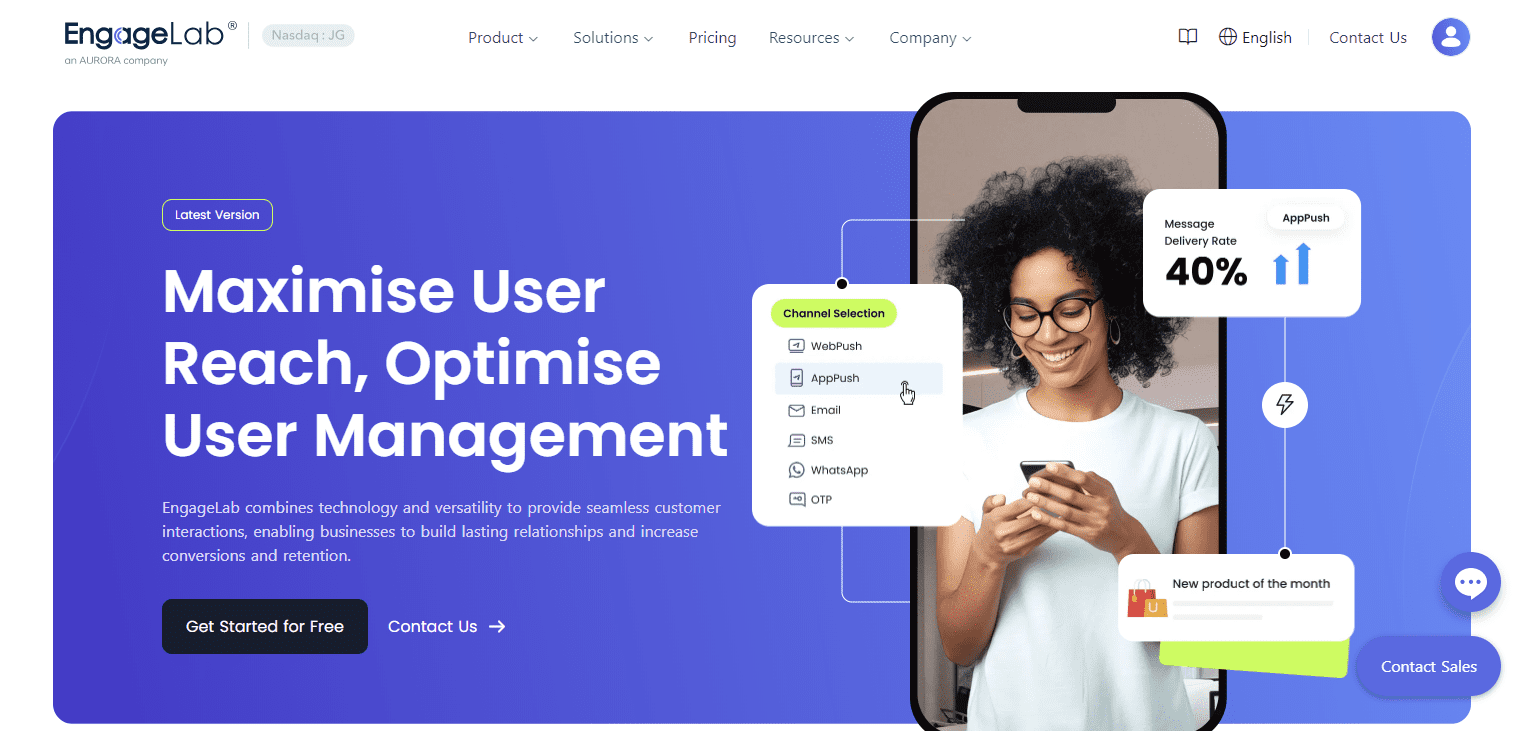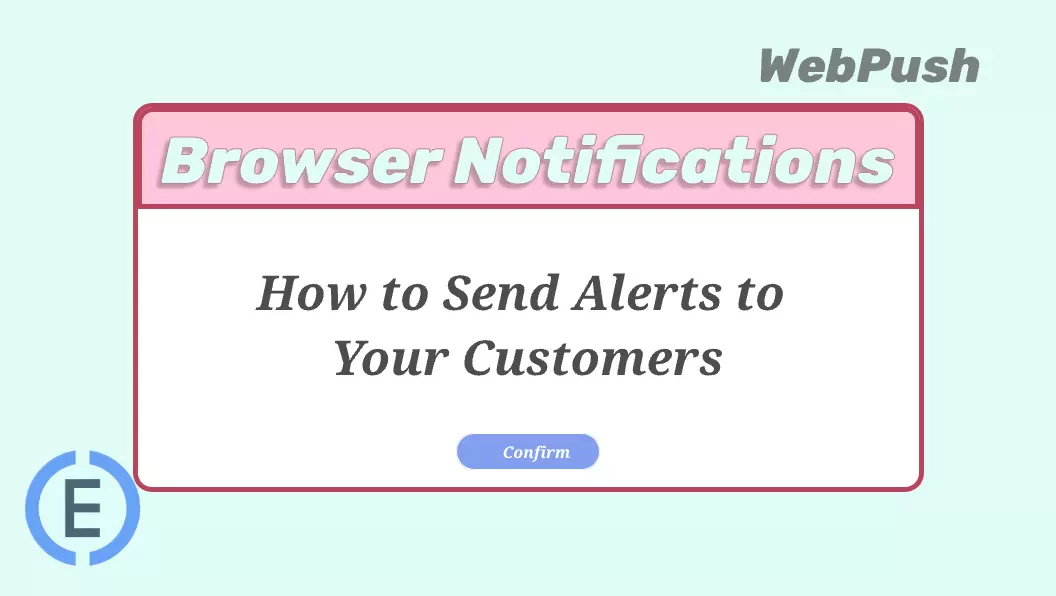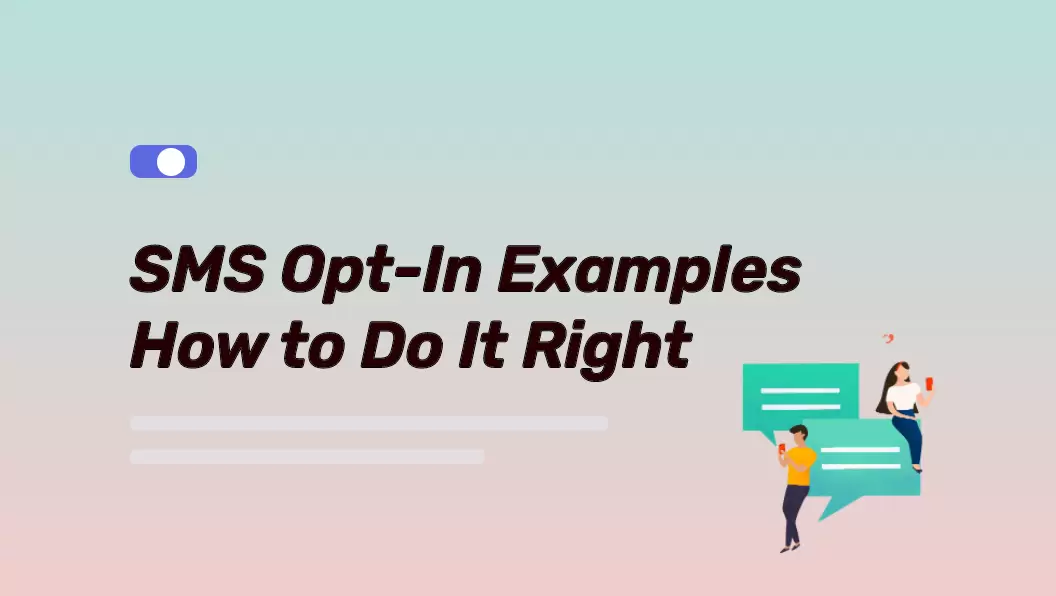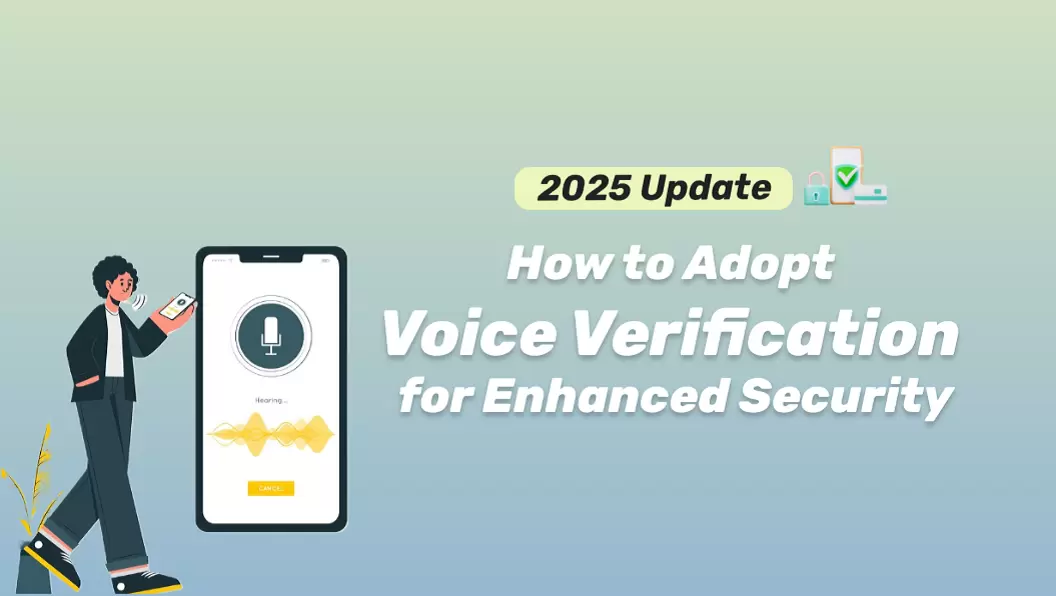SMS interactions with customers aren’t as easy as they seem. Even the sender IDs for messages have strict regulations and restrictions.
As a business, you have to understand what an SMS sender ID is and how it works. You must know the basics and go through the regulations of the regions and countries you want to work in.
That’s what we are going to cover in this article. We will explain everything you need to know about SMS sender IDs and how to save yourself from the hassles of getting one and make sure your SMSes reach your customers.

Part 1: What's SMS Sender ID?
The SMS sender ID is the identifier that tells who the sender is.
You might have seen messages from different brands, businesses, and specific short numbers. What you see is letters, numbers, or a combination of both in the Messages app. And when you open the message, you see the sender ID at the top.
For instance, the following message is received from the Sender ID “8119”

The sender ID is "8119"
Part 2: SMS Sender ID Rules: Length, Type, and Character Limits
# Length and Character Limits
1 The maximum length of the message sender ID
The maximum length of the message sender ID is restricted.
- If the Sender ID is alphanumeric, which means a combination of alphabets and numbers, the maximum length is 11.
- If the Sender ID is numeric, which means it contains only numbers, the maximum length is 15.
2 Why is the character limit for sender ID so small?

The first SMS was sent in the year 1992. At that time, mobile phones had a limited storage space and screen character limit. Short IDs were easy to show on the screens and required less space. If the sender ID had been long, a part of it would have been cropped on the display.
Therefore, the character limit for sender IDs was set initially to 11. And since then, it has been the industry standard to have a small sender ID.
# Type Restrictions
1 Can SMS sender ID contain spaces?
No. SMS sender IDs cannot contain spaces. Even if the business name consists of multiple words, you have to go with no spaces.
That said, the only way to distinguish between words is uppercase and lowercase, such as EngageLab.
2 Can SMS sender ID contain both letters and numbers?
Yes. Sender IDs can have both letters and numbers. It’s called the alphanumeric Sender ID that has a limit of 11 characters. For example, “James11”
Part 3: Region/Country & Network Restrictions When Setting SMS Sender ID
Countries, regions, and networks have certain restrictions on selecting the sender ID. In some countries, you have to stick to permitted sender IDs only and do not offer custom IDs. Some countries allow custom IDs, but they restrict generic IDs.
The restrictions vary according to the rules and regulations. Let’s see which countries have special restrictions and why.
1 List of key countries/regions that have restrictions on sender ID
| Country | Sender ID Restriction |
|---|---|
| United States | Strict regulations called 10DLC. Businesses can’t have a custom ID. They need to register a 10-digit long code, which looks like a regular phone number. Plus, carriers and regulators strictly monitor the traffic. |
| United Kingdom | The sender ID should represent the brand completely. Some generic and misleading words are prohibited, such as “Alert,” “Notify,” and “Bank.” The use of international numbers is not allowed; you have to get a domestic UK number. |
| Canada | Businesses can get 10-digit long codes or short codes after licenses and approvals. Alphanumeric sender IDs are not allowed. |
| Australia | Generic and misleading IDs are prohibited. You can select a recognizable alphanumeric sender ID. However, registration is mandatory for all sender IDs. Dynamic alphanumeric sender IDs are now blocked. |
| China | The use of alphanumeric sender IDs is limited. Mostly, 10-digit long codes are allowed, and they start from 106 and can have a range from 12 to 21 digits. Businesses have to go through a strict registration process. |
2 Why do countries restrict the message sender ID?
Countries restrict the message sender IDs to prevent fraudulent activities and scams.
- It is quite easy to impersonate a person or business by creating the same custom ID. Therefore, countries restrict the sender IDs according to their rules and regulations.
- It also creates transparency among the customers. They can recognize the brands and messages and know who the actual sender is before they make any decisions.
- When sender IDs are not restricted, controlling spam is extremely difficult. Governments prevent spamming through restrictions. They can easily find out which sender ID is spamming and take action according to the regulations.
Most countries and regions have regulations on sender IDs. It is necessary to regulate and maintain order in the industry. Over time, these regulations are updated because of technological advancements, prevent loopholes, etc.
Part 4: Is the Recipient’s Reply Affected by the Sender ID?
Yes, the recipient's reply is directly influenced by the Sender ID. If the Sender ID is set to a non-replyable format, such as an alphanumeric string (letters and numbers), the recipient will not be able to respond. However, if the Sender ID is a phone number, the recipient can reply directly to that number.

- Alphanumeric Sender IDs (custom words): These are typically non-replyable and meant for one-way communication.
- Phone Number Sender IDs: These allow for replies, enabling recipients to respond directly to the number displayed.
- Important Consideration: Restrictions on Sender IDs and reply functionality may vary depending on the carrier and country.
Choosing the right Sender ID is crucial for ensuring effective communication, especially if two-way interaction is required.
Part 5: Can I Send SMS with Fake Sender ID?
Senders can choose the sender ID they want. They can go with any combination of numbers and letters, even if it is being used by someone else.
That’s why there is a possibility of faking sender IDs, and people have reported fraudulent activities and scams from fake sender IDs.
Fraudsters impersonate a sender ID to pretend they are the legitimate source. And when common people see the right sender ID, they fall into the trap.
Suppose, there is an ABC Bank, and its sender ID is “AbcBank.” Scammers will take the same ID and send the message to people for their illegal activities.
The worst part is that if the sender ID matches any contact in your contact book, you will see the contact’s name in the message.
Fake sender IDs are alarming, and that’s the reason countries have regulations to prevent fraudulent activities.
Part 6: Benefits of Using Sender ID to Send an OTP
When sender IDs are used to send an OTP, they are not marked as spam or blocked. The delivery rate is exceptional. Customers can easily recognize who the sender is and keep themselves away from spam and fraud.
Businesses can send OTPs in all countries and regions when they have registered sender IDs. They can comply with the regulations and enhance user experience.
Customers quickly get the verification codes and use them within a limited time to complete the verification.
The trouble is, it can take months for companies to apply for sender ids on their own . At this point, it is necessary to use some platform that already has a qualified sender id to send messages.
EngageLab is an incredible option for businesses to send OTPs to their customers. It works in more than 200 countries and regions in the world.
It uses a dedicated and already registered sender ID that makes sending OTPs easier for businesses.
That said, customers do not need to get their send IDs registered and go through the hassles. However, it can also help customers register the sender IDs if required.

EngageLab:
All-in-One Platform to Send Messages
- Multi-channel Messaging: EngageLab provides Email (With pre-set templates), SMS, OTP, WebPush, AppPush to help maintain customer relationship. It also provides WhatsApp API as an official WhatsApp partner.
- Global Reach: Send SMS messages to over 200 countries and territories. It's the best tool for your promotion.
- Intelligent Delivery: Leverage strategies like automation and channel optimization to improve deliverability.
- Real-Time Tracking: Monitor SMS delivery status and message performance metrics in real time.
- SMS API: Integrate text messaging directly into your systems with EngageLab’s APIs.
Part 7: How Do Businesses Use Sender ID to Send OTP?
Here’s how to use sender ID to send OTPs.
Step 1: Go to the EngageLab website and sign up.
Step 2: Configure the message template according to your business and needs and create an API Key.

Step 3: Select the right method for sending your OTP. EngageLab offers backend website sending and AI integration.
Step 4: Once set up, it will automatically send OTPs. Check the history records to track everything.

Part 8: FAQs about SMS Sender ID
-
1
How to get sender ID for business?
You have to go through the government registration process and the regulations of the country where you want the sender ID. To make it easier, you can either use EngageLab or get help to get your sender ID registered. -
2
Can I change the sender ID on a personal text?
No, you cannot change the sender ID for any purpose. It is linked and registered to your phone number, so it can’t be changed even if you use it for personal use. -
3
How do I send a message with a company name as the sender ID?
You have to get the sender ID for that. But in the US, you can’t get an alphanumeric sender ID. In other countries, like the UK, you need to get the sender ID registered. -
4
Can I set my own mobile number as the sender ID?
Yes, and it depends on the regulations of the country/region.
Conclusion
An SMS sender ID is an identification of the person/business who has sent the message. Businesses must understand the regulations of countries and regions before getting started with their campaigns.
Having a Sender ID is essential to reach your customers without getting blocked or flagged as spam. But it does not mean you have to get an ID registered for every country or region. You can use EngageLab as it offers a pre-registered sender ID and makes sure your SMSes reach your customers. It can also help you get your SMS sender ID registered without hassles.








